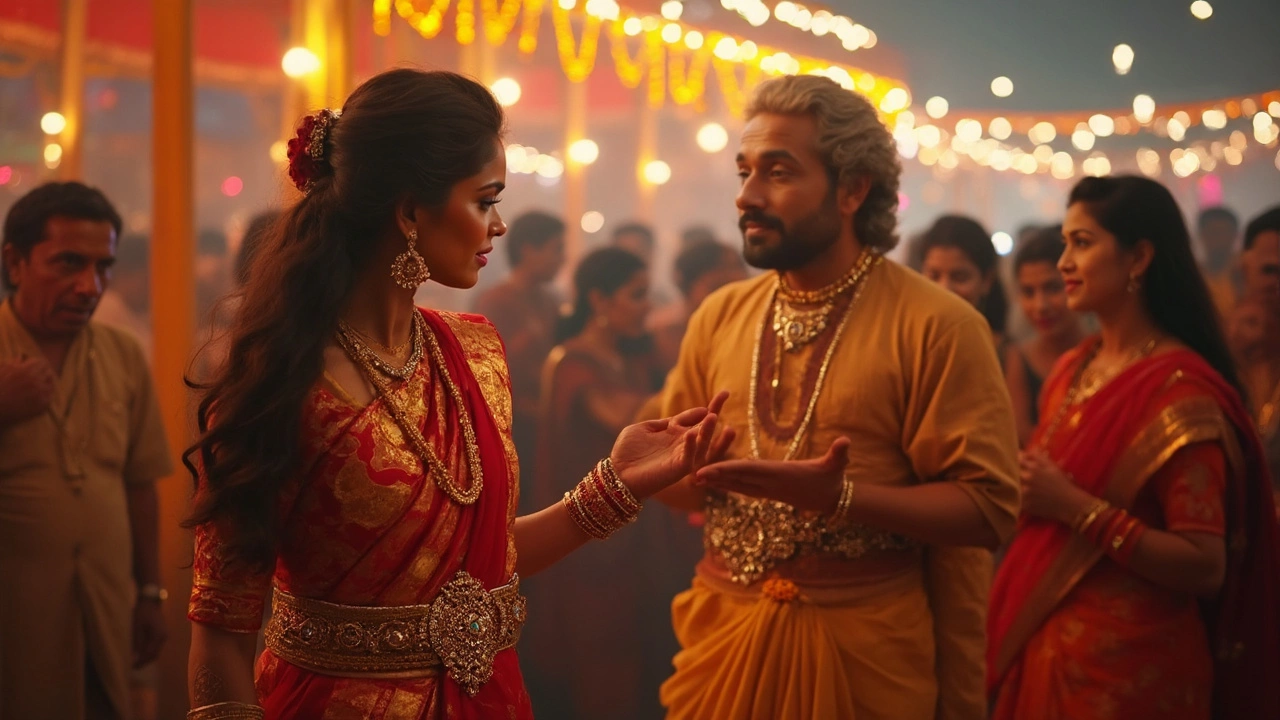Cultural Tradition: Indian Customs, Symbols and Heritage
When talking about cultural tradition, the set of practices, beliefs and symbols passed down through generations in a community. It is also known as heritage practice. In India, cultural tradition weaves together festivals, wedding rites, daily adornments and regional stories, creating a vivid tapestry you see in everything from bright bangles to the quiet moment of applying a bindi. One of the most recognizable pieces is the Mangalsutra, a sacred necklace that marks marital status and varies dramatically across states. Another key element is the Choora, the red‑and‑gold bracelets a bride wears during Punjabi ceremonies. These symbols don’t exist in isolation; they influence how families celebrate, how rituals are timed, and even how jewelry designers create new collections that respect tradition while meeting modern tastes.
Key Symbols in Indian Cultural Traditions
Understanding a cultural tradition means looking at its building blocks. The Bindi is a tiny dot placed on the forehead, originally a spiritual marker that now also serves fashion purposes. It connects the wearer to ancient ideas of the third eye while offering a splash of color for everyday wear. The Sikh Kada is a sturdy steel bracelet symbolizing strength and equality; it’s worn by many beyond the Sikh community because of its bold look and deep meaning. Each of these items carries attributes like material (gold, steel, glass), design (intricate carvings, simple bands), and occasion (weddings, festivals, daily life). When you pair a mangalsutra with a choora, you’re not just adding accessories—you’re telling a story about love, family duty, and regional identity that can be read by anyone familiar with the tradition.
Why does this matter for anyone browsing jewelry or planning a celebration? Because cultural tradition shapes buying decisions, styling choices, and even how retailers market their pieces. A bride will look for a mangalsutra that matches her choora set, while a fashion‑forward shopper might mix a traditional bindi with a contemporary gold chain. Knowing the background helps you pick items that honor the original meaning and still feel fresh. Below you’ll find articles that break down the who‑gives‑the‑mangalsutra question, compare regional choora customs, explain the bindi’s evolution, and give practical tips on wearing a Sikh Kada if you’re not from Punjab. Dive in to see how each piece fits into the larger cultural tradition and get ideas you can apply right away.
